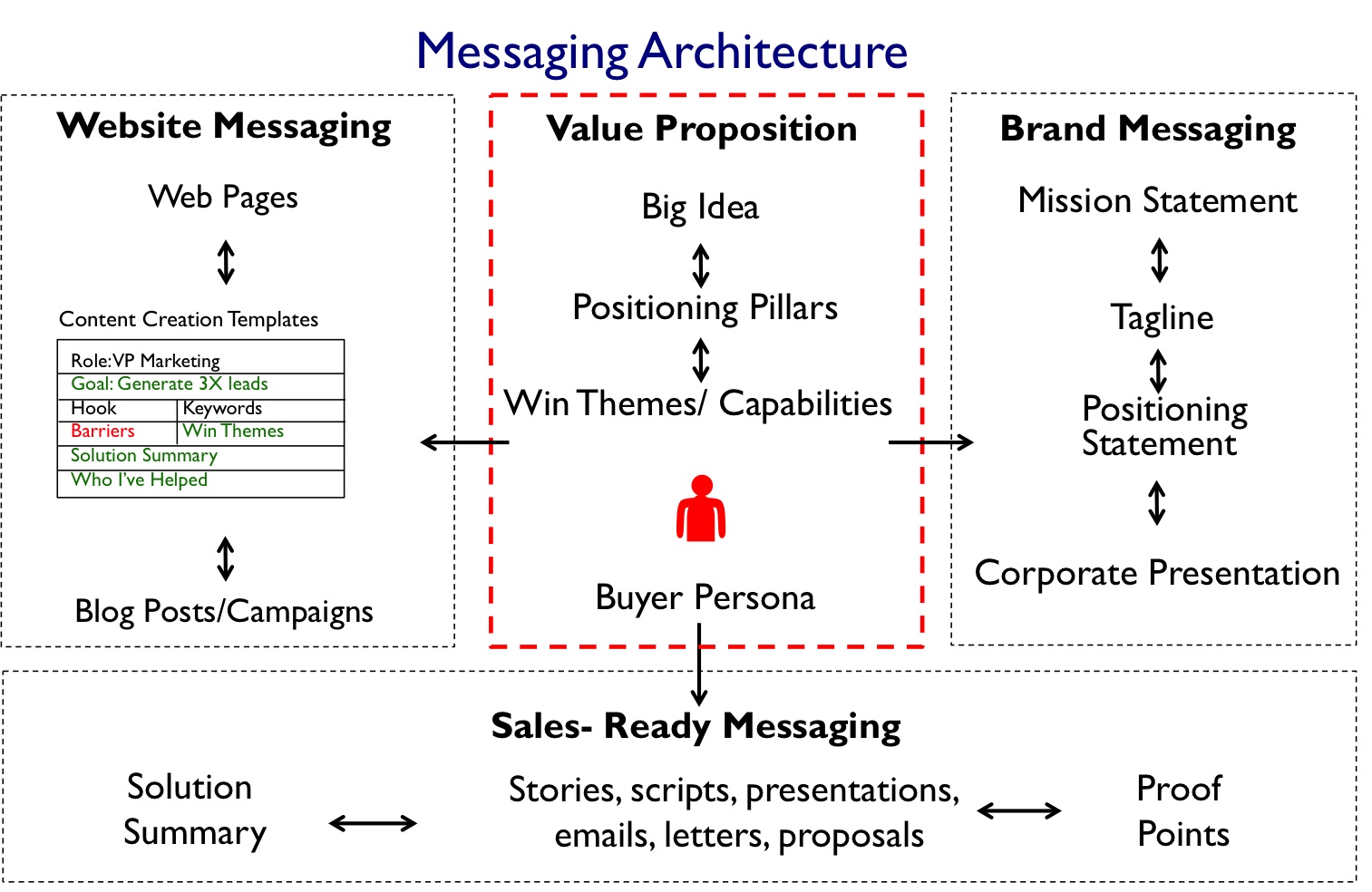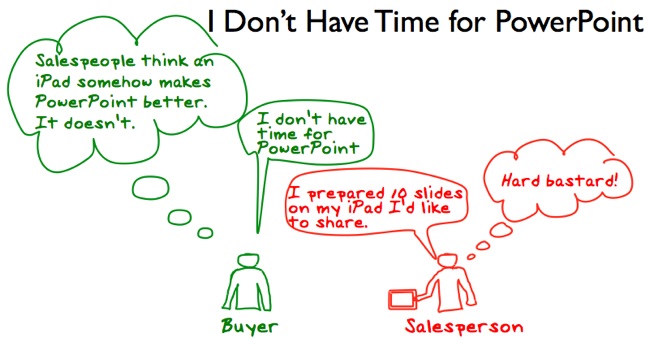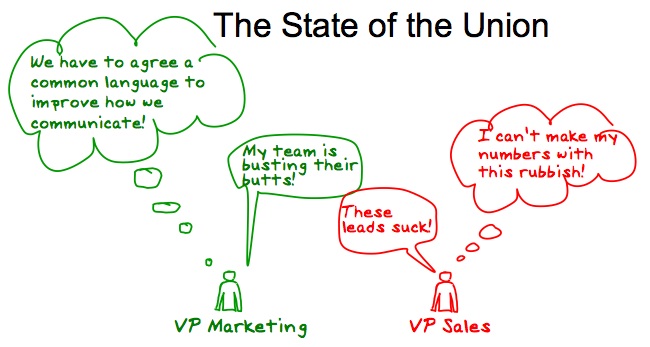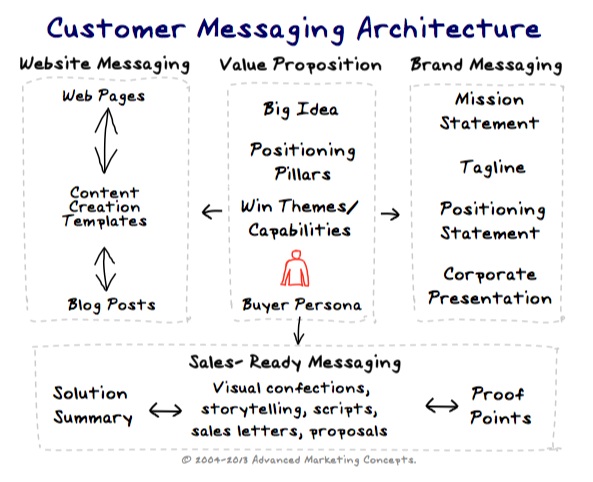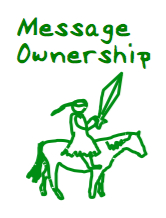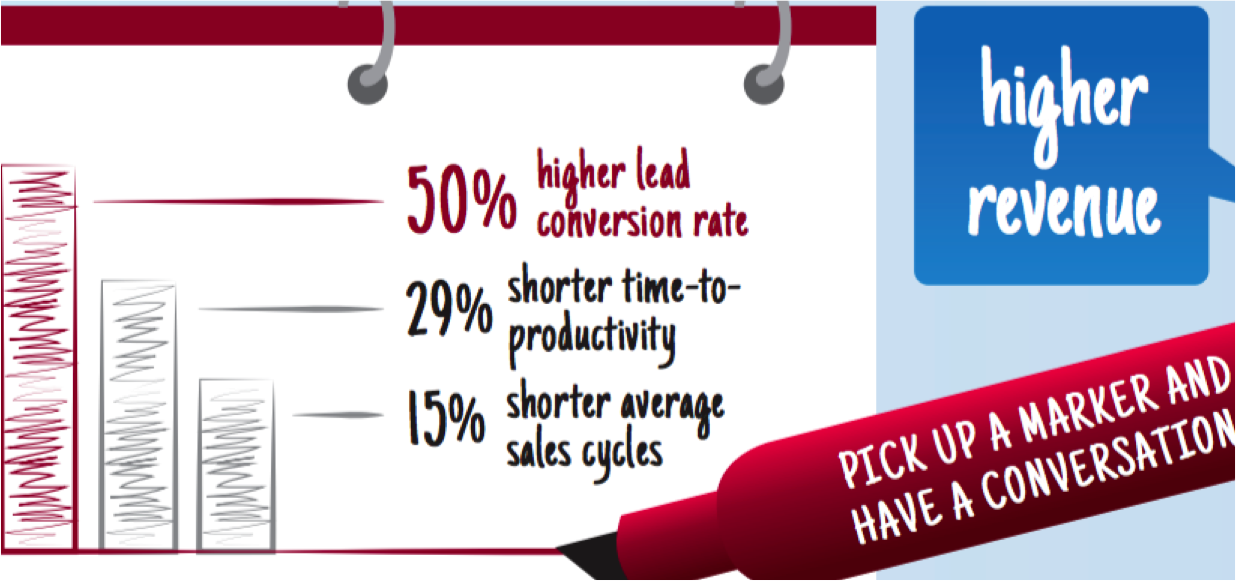Why Responding to Proposals you did not Influence is a bad idea
In sales we get the opportunity to learn lessons by making mistakes and those lessons usually serve us well through our careers.
Occasionally we get to learn the same lessons over again, either because it was so long since the last time it happened and we forgot, or maybe we moved into a new line of business and went along with the buyer's request, because we were learning the ropes in the new market.
In December, I received two proposal requests; an inbound lead and an inbound phone call from seemingly genuine and very nice people. I typically generate about 50 inbound leads per month, but these are not proposal requests, they are downloads of ebooks or whitepapers or webinar registrations.
I don't advocate salespeople selling complex B2B products sending proposals when they are solicited by prospective customers and they come out of the blue. Why?
But what if the buyer has been reading your blogs for a while and follows you on Twitter....what's wrong with sending a proposal?
To understand my reasoning on this point we need to take a closer look at how customers buy and I will use the IMPACT cycle from the book
Why Killer Product's don't Sell, by Dominic Rowselll and Ian Gotts to illustrate this point.
The Universal Buying Process IMPACT
There is a pathway or process that all organizations follow to reach purchasing decisions. This process does not vary across industries or even regions of the world, because it is inextricably linked to instinctive human behavior. It is just the speed that organizations or individuals travel through the process that differs. The process is called IMPACT.
Identify - Mentor - Position - Assessment - Case - Transaction
The IMPACT process may be followed in a formal way or it may be tacit and informal. It may involve large numbers of people, both inside and outside the organization, or it may be driven by one individual. It is guaranteed that any idea which leads to a purchase in an organization, be it corporately or personally driven, has followed this process.
The six key phases of the process are easy to remember as they have an enormous IMPACT on your company’s performance:
Every purchase goes through all six phases, with or without the supplier's assistance. What differs between the
four different buying cultures is the point at which the supplier is given permission to engage with the customer and this is governed by product maturity and risk. If you are selling commodity products, you will be engaged at transaction. If you have a hot new disruptive technology product, early adopters looking for a jump on the competition will seek you out and you will be engaged at Mentor
The reason that most salespeople don't recognize this process is because the customer goes through the process on their own, and only invites the supplier in for the last one or two steps. This correlates strongly with current research that indicates the buyer is 60-70% through the buying process when they first contact vendors. But more of this later. First, let’s understand the IMPACT process.
Phase 1: Identify
The identification of ideas for changing or improving a business that are good enough to warrant investigation. This is the ideas phase. This may be the executive team going on an offsite with strategic consultants to plan its future. The executive team will be looking for ways to grow revenues, create competitive advantage, increase shareholder value, contain or reduce costs. That is, it is “blue sky” thinking looking out into the future to see how technology will help the company become more competitive or impact its markets.
Phase 2: Mentor
Enrolling a mentor (evangelist) to the idea to validate it. The executive team will take the breakthrough ideas or big bets and give them to someone in senior management to act as a mentor for the ideas. These ideas are not for public consumption, and the mentor should only work with his close team and trusted advisors to ratify the thinking. The mentor will be scoping and testing the ideas, reading thought leadership articles, downloading whitepapers and looking for feasibility, credibility, and political acceptability as much as he can without drawing undue attention. If the decisions are not accepted then the ideas get buried forever. Mentor is the point of engagement for Value Created selling and the point at which
The Challenger salesperson seeks to influence through insight.
Phase 3: Position
The public decision to make resources and budget available to invest further in the idea. Buy-in is the big challenge because it involves managing politics. But why do politics play such a major part in this phase? The answer is simple.
The announcement of a new initiative is an announcement of impending change. And change will always produce an upsurge of emotions, both positive and negative. The mentor will need to find a sponsor, because to move forward into the next phase will require resources (money, people, time) to assess the value of the initiative. The sponsor will be the person or body of people with enough political muscle to get the resources.
Phase 4: Assessment
The assessment of the good and the bad in the idea. The Assessment phase plays a very important part in the post-Enron corporate world where legislation now ensures company officers are held accountable for their decisions. Particularly ones involving investment and strategic direction, which has made the Assessment phase a big hurdle. But the Assessment phase is not about cost justification, it is an evaluation of everything, both quantitative and qualitative. And some executives would see this as personal insurance, keeping them out of prison.
Phase 5: Case
The creation of a quantified business case and assignment of resources/budget to it. The mentor will use the output from the Assessment phase to build a business and investment Case, possibly including solutions. Then, the Case can have a budget actually assigned to it and will be made public. If the organization requires that all external purchases are done via competitive tender, then this is when those tender documents are created and distributed.
Phase 6: Transaction
The confirmation of the project to all internal and external stakeholders and to the suppliers. Procurement will raise a purchase order and negotiate contracts for the solution put forward in the Case. Depending on the solution, market and company approach procurement may need to drive a formal procurement with competitive tendering, beauty parades, and all the fun and games that this entails.
Conclusion
If you have not influenced the buying process prior to Case and you are selling complex B2B technology, then the chances are that someone else has. The fact that the transaction is about to happen and you receive an invitation to respond typically means that someone else has been influencing the buying cycle and the customer is ready to make the buy. Because the buyer needs three bids, the usual suspects are rounded and up with whispers of promise from the buyer are suppliers are enticed into providing a quotation.
Your quotation serves as a benchmark against which the chosen vendor will be asked to compete on price. Unless you are selling commodities, say no to RFP's.
Get the book, Why Killer Product's Don't Sell, it's a very good primer on buying behavior and may help your company realign the way it serves its customers.
Download the Killer Products Whitepaper




